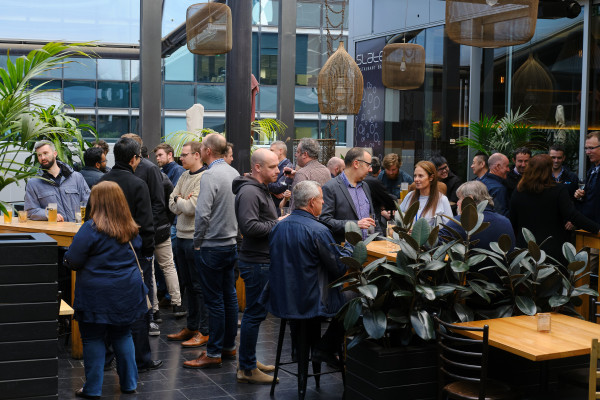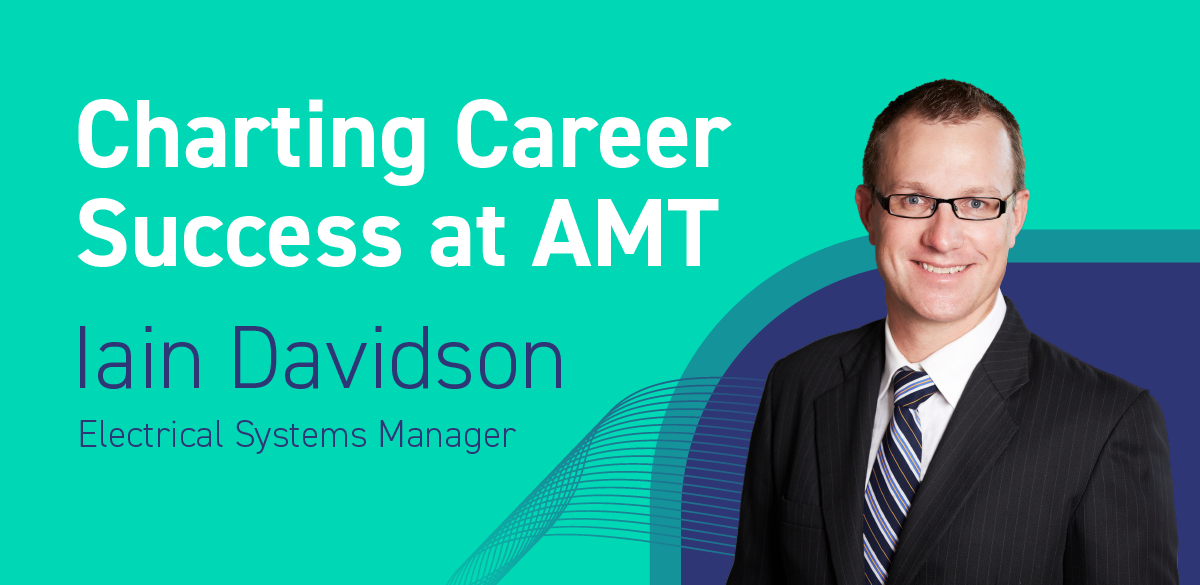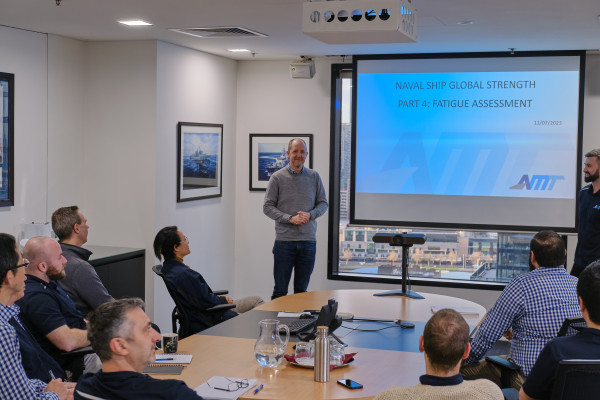Rick Hunt found his calling at just 16 years old, when he joined the Navy. He started as a technical apprentice working on aircraft avionic systems while completing his trade qualification before moving into the technical section of a high security area of Defence, where he enjoyed travelling overseas and spending time on ships.
After assisting the engineering manager in the technical office, he was encouraged to apply for the Navy’s RMIT scheme in undergraduate engineering. Once accepted, he completed an Associate Diploma in Computing and Applied Physics and a Computer Systems Engineering Degree.
This training led to him working as a Weapons Electrical Engineering Officer (WEEO) in the Fleet, a stint at the Australian Defence Force Academy, and finally to the ANZAC ship project. His final position with the Navy involved a posting to Melbourne, becoming the Combat Systems Manager at what is now the ANZAC systems program office.
After 20 years in uniform, Rick joined AMT as a Combat Systems Manager in 2002. More than 20 years later, his diverse role and expertise continue to influence his approach to career development within the AMT team.
The evolution of a role
Rick’s role at AMT began in the development of technical change packages for ships and detailed designed contracts, which contributed to the company’s success in securing and servicing contracts.
He has also worked ‘above the line’ for the Commonwealth and Defence, helping them develop projects and review products delivered by other contractors, and ‘below the line’ designing plans to do tasks like placing flight decks on ships, adding communication centres and Harpoon surface to surface missile systems.
His background in the higher security areas of Defence made the addition of cyber and electronic security to his remit a natural evolution. Alongside his role as Combat Systems Manager, he’s currently the Cybersecurity Manager, a function that AMT (as part of the defence supply chain) take very seriously. The technical discipline of this role is perfect for a defence-accredited security officer and adds to the variety Rick has enjoyed throughout his career with AMT.
Rick’s career with AMT has seen him jetsetting to Germany, Athens, Canada, San Diego, and across the ditch to New Zealand. While he’s loved the frequent opportunities to travel, there have been numerous projects at home he’s particularly enjoyed. Standout projects have been trialling new phased array radar systems and dealing with physical and electronic security for clients as well as AMT.
A personalised approach to career development
AMT is an employee-owned, medium-sized enterprise. As a company that’s not tied to a prime contractor for major acquisition contracts, AMT can adopt a personalised approach to graduate development. Instead of a one-size-fits-all model, we consider each graduate’s development pathway and add them to new projects, exposing them to new skill sets and broadening their experience. AMT employees have the opportunity to be involved in diverse undertakings and wear many hats throughout their careers.
As a team leader, Rick has the opportunity to drive the career development of graduates – something he takes great satisfaction from. This role gives him a first-hand view of how AMT prioritises employee development through incentives and training opportunities. His team recently worked on a project implementing Wi-Fi on ships, allowing sailors to use email and stay connected when at sea. Rick saw the opportunity to take a young graduate who hadn’t yet had exposure to a communications systems up to Darwin and get him out on a different type of ship while expanding his skills.
Rick also supported a team member interested in electronic warfare and electromagnetic modelling (such as assessing the performance of antennas on ships and understanding radiation hazards) to pursue his interest and bring his skills back to the AMT team. AMT even sent him on a classified training course to get operational experience (something that can be difficult for people outside the military to access).
Ensuring flexible budgets for training, development and prioritising upskilling is part of how AMT works to broaden employees so there are no single points of failure. In Rick’s words: “If I’m a single point of failure, then I’m not doing my job right.”
The company’s style avoids micro-management, setting boundaries and providing support instead, allowing individuals to flourish. As Rick puts it: “Why hire intelligent people and then tell them what to do?” This ethos underscores AMT’s commitment to fostering a dynamic and empowered workforce.
A people-first approach
Rick shares that AMT’s team focus is one of the things that makes them unique:
“We go out every month or two to catch up socially and chat. We catch up when we’re on ship checks. We like to make sure everyone has a voice and encourage people to take issues directly where they need to. Our team environment means people can question stuff. We’re open to asking, “Have you got a good idea?” or “Is there a better way of doing something?” Let’s hear it.”
Another feature that sets AMT apart in Rick’s mind is its sovereign capability. “We’re not tied to a single solution or ship, so employees get to work across everything without pushing products. We can give fearless and frank advice to clients and work with their best interests at heart.”
Rick’s career journey drives the depth and experience he wants his own team to achieve and serves as an inspiring example of the unique opportunities available at AMT.


